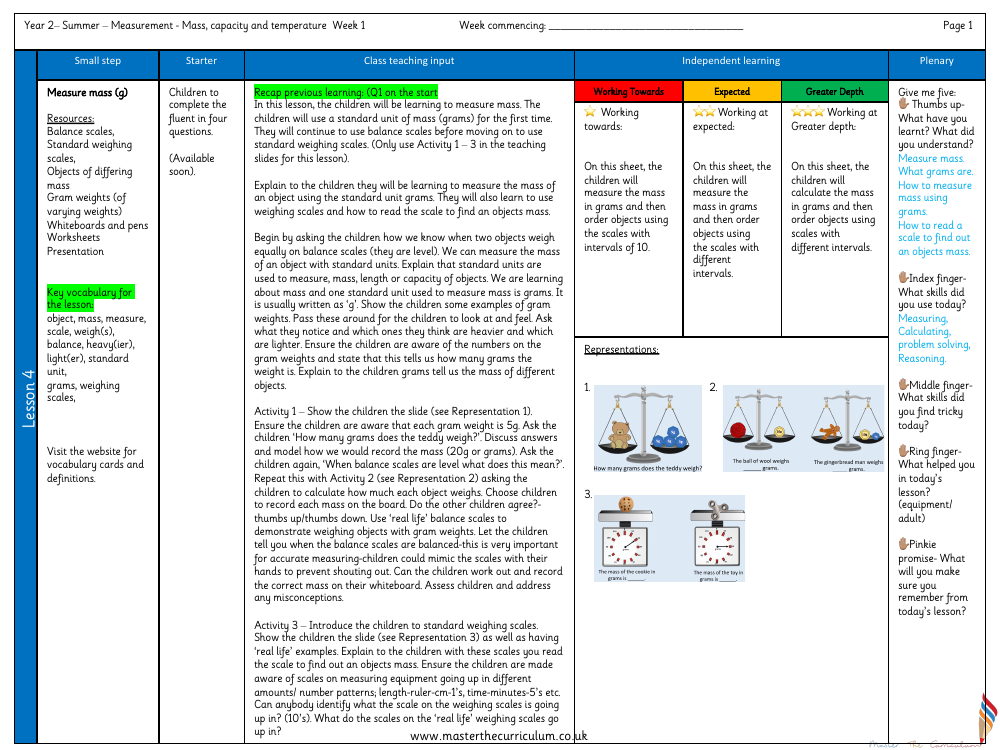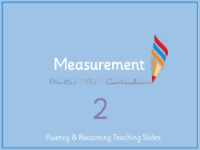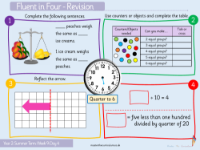Mass, Capacity, Temperature - Measure mass g - Planning

Maths Resource Description
In the initial stages of the Year 2 summer term, students delve into the concept of measuring mass in grams. The lesson is designed to transition from using balance scales to standard weighing scales, helping children to understand and utilise a standard unit of measurement. Essential resources for the lesson include balance scales, standard scales, various objects of differing masses, and gram weights. The key vocabulary encompasses terms such as 'object', 'mass', 'measure', 'scale', 'weigh', 'balance', and 'grams'. The session begins with a recap of previous learning, followed by hands-on activities where children measure the mass of objects, first by using balance scales to understand equality of mass visually and then by transitioning to weighing scales to read numerical values directly.
The lesson's activities are interactive and practical, with children engaging in tasks that require them to estimate and calculate the mass of different items, such as a teddy bear, and then to record their findings. They explore how balance scales indicate equal mass when level and are introduced to standard weighing scales, learning to read the scale to determine an object's mass. The scales' intervals are also discussed, with children identifying patterns such as increments of 10s. The lesson concludes with group work and independent activities using differentiated worksheets, where children measure and order objects based on their mass. Throughout the lesson, common misconceptions are addressed, such as miscounting gram weights or misreading scales, ensuring that children gain a clear and accurate understanding of measuring mass.



